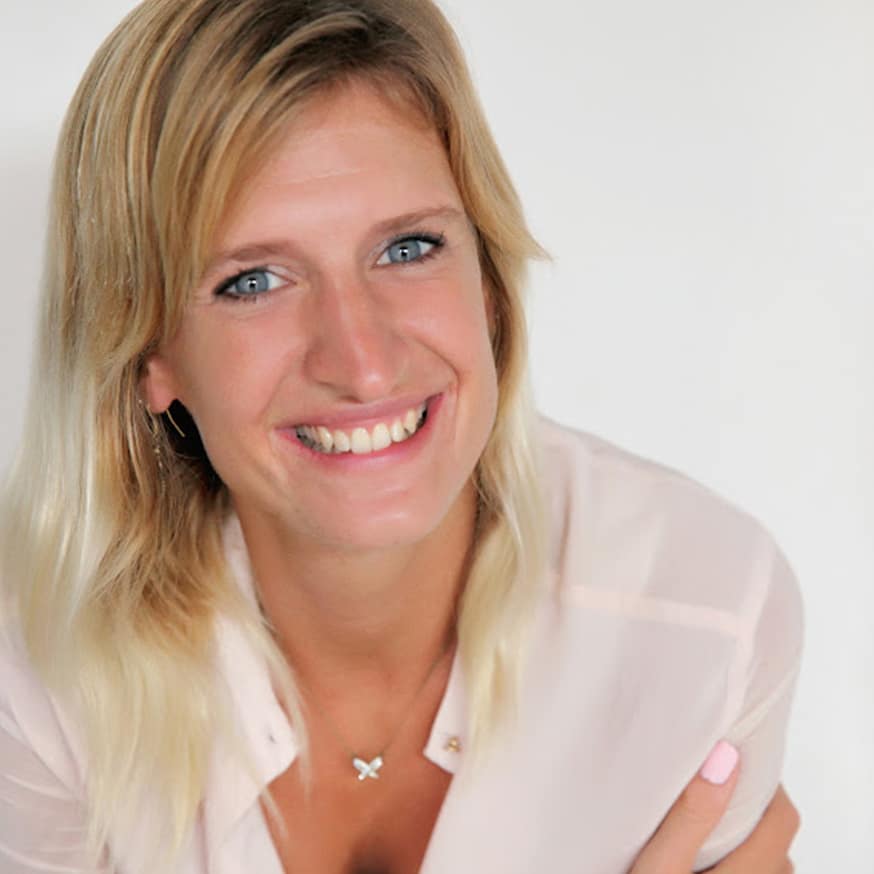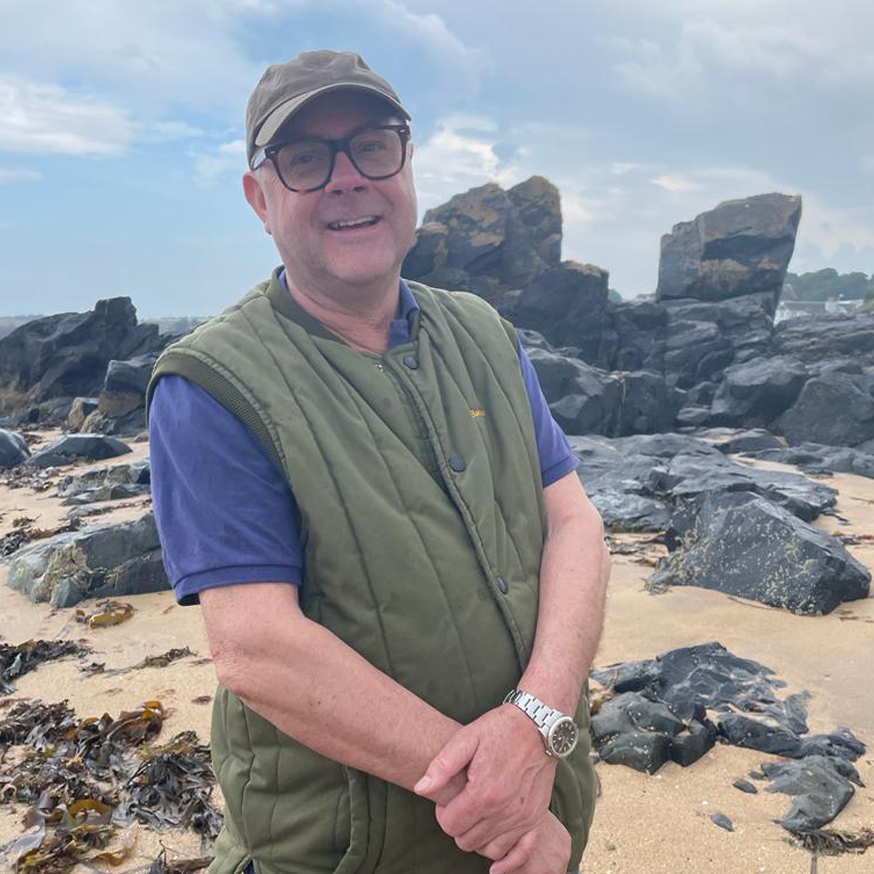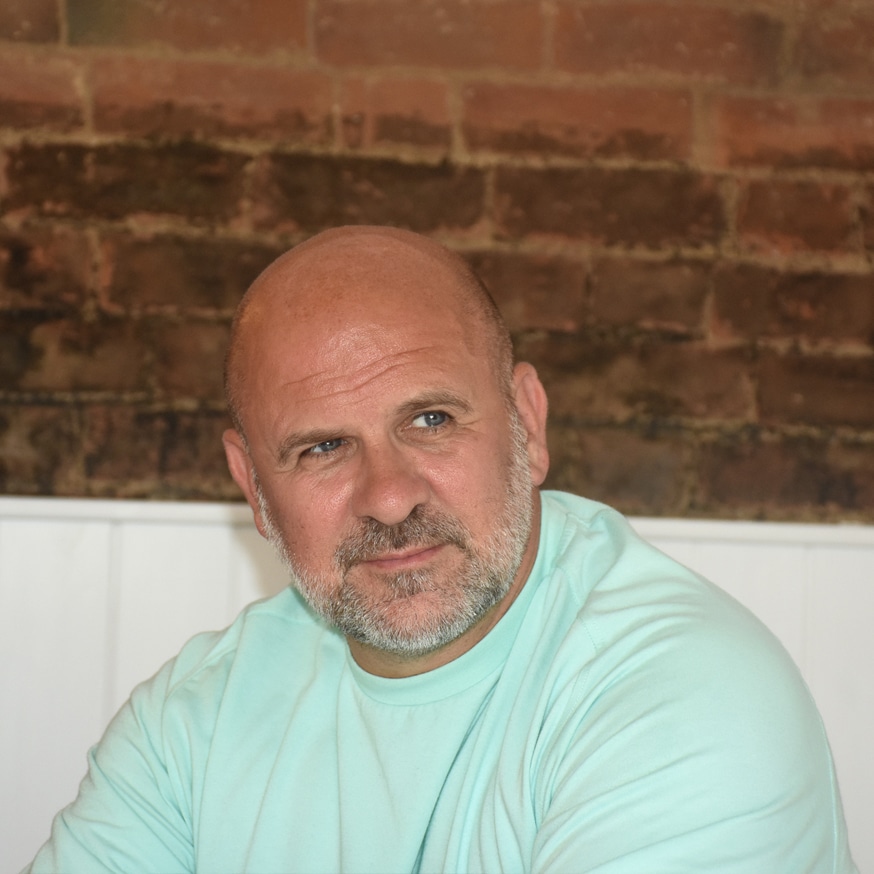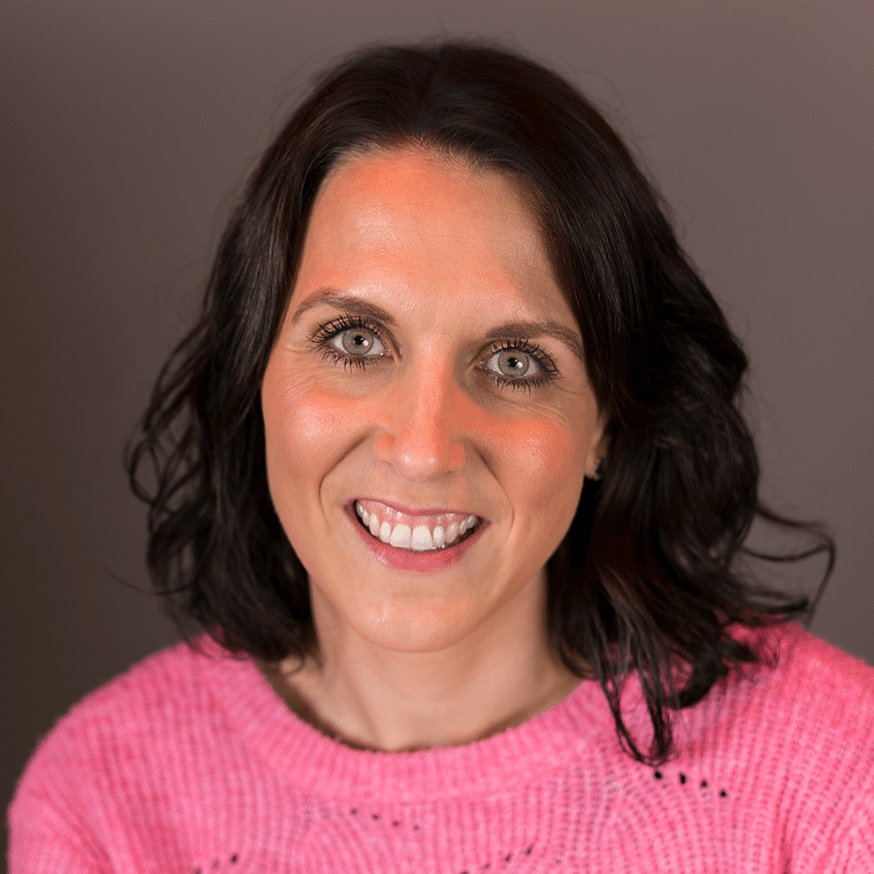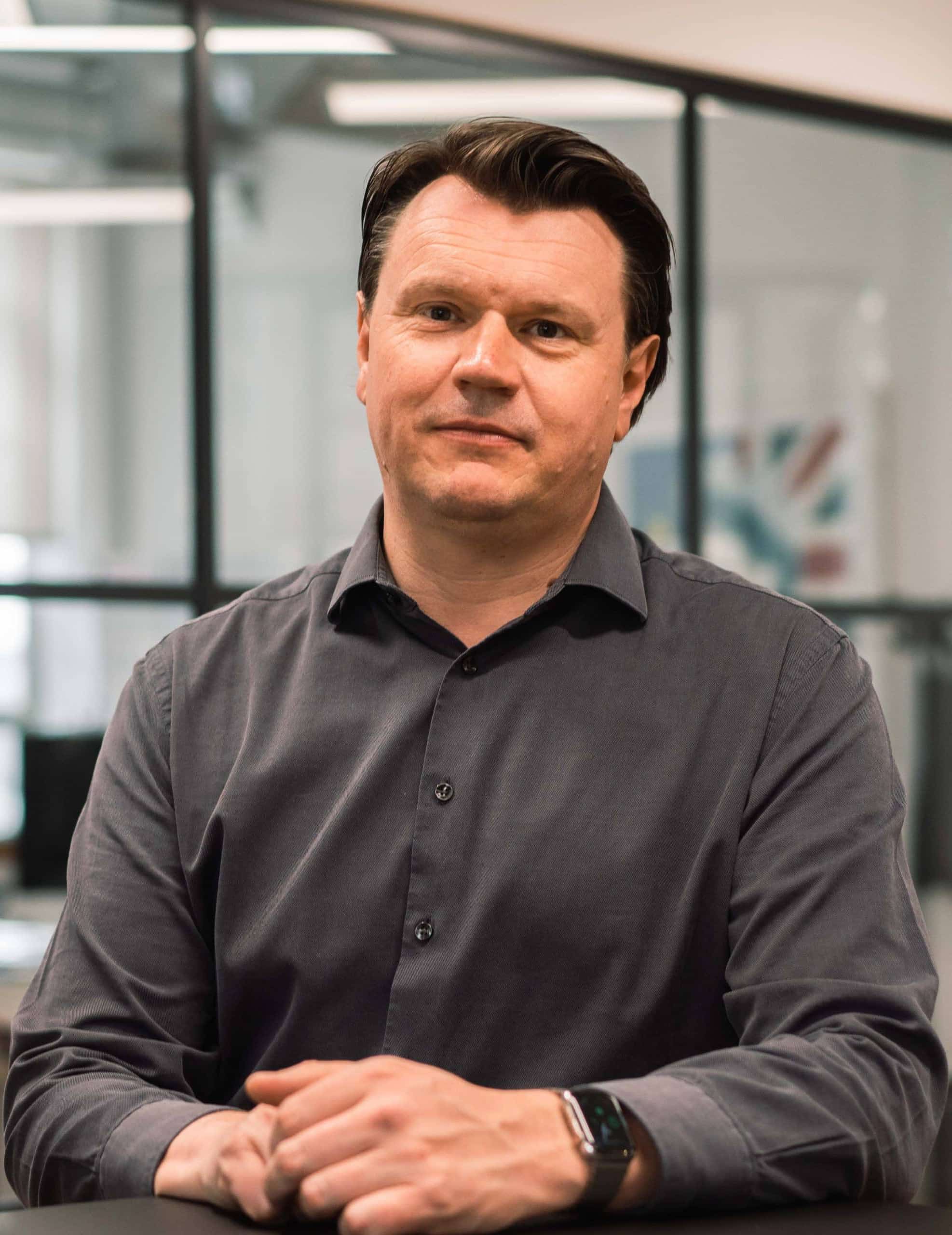
Aim for the Holy Grail: 100,000 per head revenue
I'm going to run a four minute mile. Yes people can run a four minute mile. Doesn't mean I'm ever going to be able to do it, just because I'm a human"
Darren Low | Founder | Low&Behold
Questions:
> How would you explain what “aim for the Holy Grail: 100,000 per head revenue” means?
> What do you think about this ‘advice’?
> Would you give this advice to other people?
> If not, what alternative advice would you give to agency leaders?
> In Darren Low's opinion these are the most important performance metrics at Low&Behold?
How would you explain what “aim for the Holy Grail: 100,000 per head revenue” means?
It’s one of these apparent agency laws that claims:
To be doing well, you should be generating £100,000 per head revenue in your agency. Some people translate that to total employees and some people translate it as billable employees.
That means if you have a designer you need to bill that designer out at a hundred grand a year.
What do you think about this ‘advice’?
It is one of the agency myths or bullshits, because it ignores all the other dynamics in your agency.
To put it into context:
Say you are a relatively low tier agency and you are selling e.g. social media packages to clients for £500 a month. You're not working for top tier clients. You're working for small local businesses. There's a chance that your talent is also quite inexpensive. Perhaps £20,000 salaries. This myth ignores all of that. That means you have to base the calculation on the context of your numbers to tell you what your revenue per head needs to be.
You have to build it from the ground up, not look at it from top down.
It's like saying:
“I'm going to run a four minute mile.”
Yes people can run a four minute mile.
Doesn't mean I'm ever going to be able to do it, just because I'm a human.
Would you give this advice to other people?
Not really.
If not, what alternative advice would you give to agency leaders?
Look at your business and look at your numbers. Build it from the ground up. After all that’s come out of the business, including your owner adjustments, whether you are taking a salary or dividends. As an agency you should be making 25% to 30% net profit.
At 25% net profit generally you need to be making 55% gross profit, because you'll have a bit of operating cost in there. Whether it's your office, tech, stack, finance, HR, etc. Whatever size agency you are, you'll have a little bit of that or a lot of that. If you are 4,000 people, you're going to have a big tier of non billable staff. Then you make sure that you put all your billable staff above the line in your cost of sale.
From that point you can work your way up from the bottom rather than down from the top. If you do blended day rates. That means charging £500, £600, £700 a day. Doesn't matter if it’s a junior or a senior.
Now, if the average salary in my agency is £40,000, you have to ask yourself: What utilisation do I want to target? And assuming that all of my utilisation is recovered. That means if you take off holidays, I may want to get 65% of my usable days paid for by clients. On an average for a full-time person that’s about 138 days a year that you can sell out of the 250 or so working days of the year. If my average salary cost is £40,000, it's costing me £290 a day to have that person there for 138 days a year.
If you want to make a 55% gross profit, that tells you what your charge rate needs to be: £650 a day. If I sell my staff on that target of £650 a day for 140 days my revenue per head is about £90,000. So it's not £100,000, it's £90,000, but it is the right set of numbers based on those numbers.
There are a few agencies I know that are very top heavy. I was speaking to an agency owner the other day and their average salary is about £75,000. It’s part of the reason why they're not in a high performance mode is because they're not doing the work for those people. So those people are doing more mid weight work.
That means they need to be billing out a revenue of about £167,000 per head. That's a huge difference. Now you find yourself in big consultancy rates, who are charging out £1,200 - 1,400 a day. At £100,000 per head they would be screwed - they would be losing money at that rate.
So the key is to build it up from your own models. If you are not inclined to have a financial brain or a more mathematical brain, get someone in to help you and get them to help you build the model by understanding your business. I could talk to any agency owner, ask them 10 questions and tell you what that number should be.
In Darren Low's opinion these are the most important performance metrics at Low&Behold?
That's a really difficult question. But if I had to pick one, it’s Gross Profit. This is where the maximum number of people can be accountable for contributing to it. As a board and as a management team we can manage the operating expense of the business - which is our job.
The property, the non-billable staff - that isn't necessarily something that an account manager or a creative person can manage or influence. Everyone that's in the delivery of work can manage how effective they are on work, how well they scope and price work.
Maintaining GP is probably the biggest number for us.
55% GP is much more of a holy grail in our business.
If we're hitting 55% GP, we know we have the right amount of people, fully resourced, utilised, delivering good work at the right level of profit. This allows for the operating cost of the business. We have multiple offices, HR, finance teams and all that good stuff that you get with a slightly bigger agency. You can't get rid of it, otherwise the business falls apart. That's our big number, if we hit it we'll take care of that other bit that sits below the line.
Darren Low's bio
Darren Low is the CEO and Founder of Low&Behold. Previously operating under the Liquorice brand, the Agency under Darren’s direction through 2020 and 2021 acquired a further 4 specialists businesses and integrated them under a single new agency brand. A staunch believer in the power of joined up agency thinking, and with a team of teams approach Low&Behold has subject matter experts in UX, Development, SEO, Social, PR, Creative and Strategy. The business will continue to scale through organic and M&A growth to be the integrated agency business partner of choice for brands who want to go faster.
Humble promo of Darren Low and Low&Behold
Many agency founders grow their business organically. Very few agency founders ever go through a process of buying a single agency to grow their business. Darren Low has gone through multiple acquisitions in his journey as an agency founder. It takes a lot of courage to do this, as you typically accrue a lot of debt in the process. But sometimes you need to take a big risk to get to the big prize and I personally admire the level of risk Darren is taking to build his agency group. If you are looking to sell your agency or you're an agency owner trying to understand the acquisition process, I highly recommend a chat with Darren.
Cheerssss!
Daniel (Polymensa founder)
Explore other perspectives
Chantelle Glenville
Chief Operating Officer @ Strategiq
"I think it’s useful to have quick and easy benchmarks to refer to"
David Wood (AKA "Woody")
Chairman @ BBL/P
"Why focus on one metric when there are lots to think about. A doctor doesn’t stop at blood pressure"
Jason Neale
Founder @ The Agency Works
"I think it’s a good measure to aim for; but can also create negativity in an agency"
Jinny Mitchell-Kent
COO @ Great State
"I wouldn't exclude it from recommendations but it would be part of a wider set of things to consider."

The Rabbit Hole: The Moth
I think one of the main reasons we humans have survived as a species for so long is our ability to tell stories. This site has some of the most incredible stories I’ve heard, told by 'ordinary' human beings...
Peak down the rabbit hole

Blindspot: Capa e Betina
Since my move to Portugal, I’ve naturally come across cultural novelties all the time. One night I was walking down the narrow and dimly lit roads of Peniche. I could only hear my footsteps and the occasional screech of a seagull, when suddenly a whole crowd of people draped in long black capes cut me off at the next crossing. I honestly thought I was walking through a Harry Potter film set.
The capes are called “Capa e Betina” and are the traditional school uniform in Portugal. But what I didn’t know is that JK Rowling used to live in Porto and allegedly was inspired by these particular uniforms. Now if you’re a hard core Harry Potter fan, I am sure you already knew this.


